



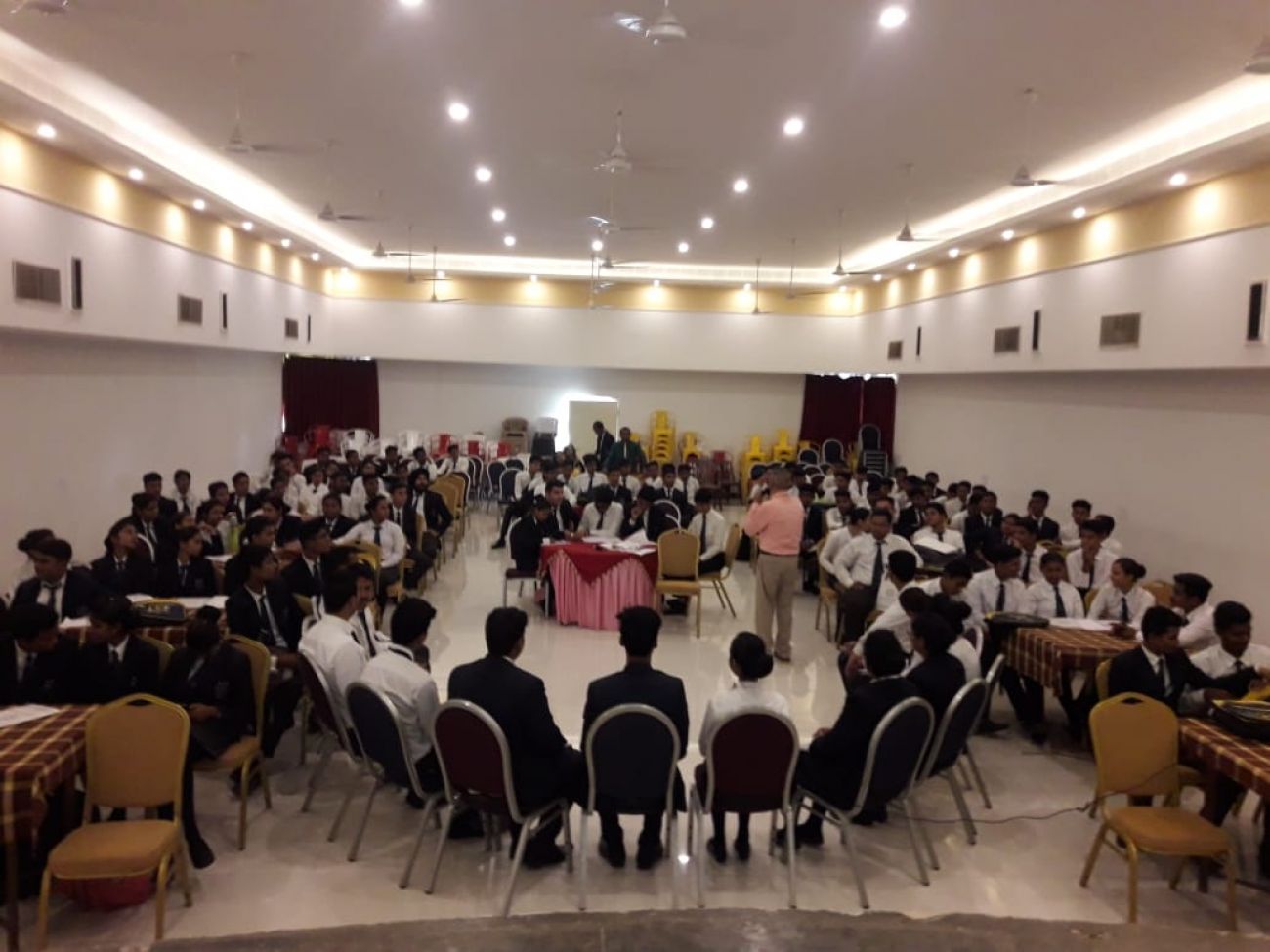
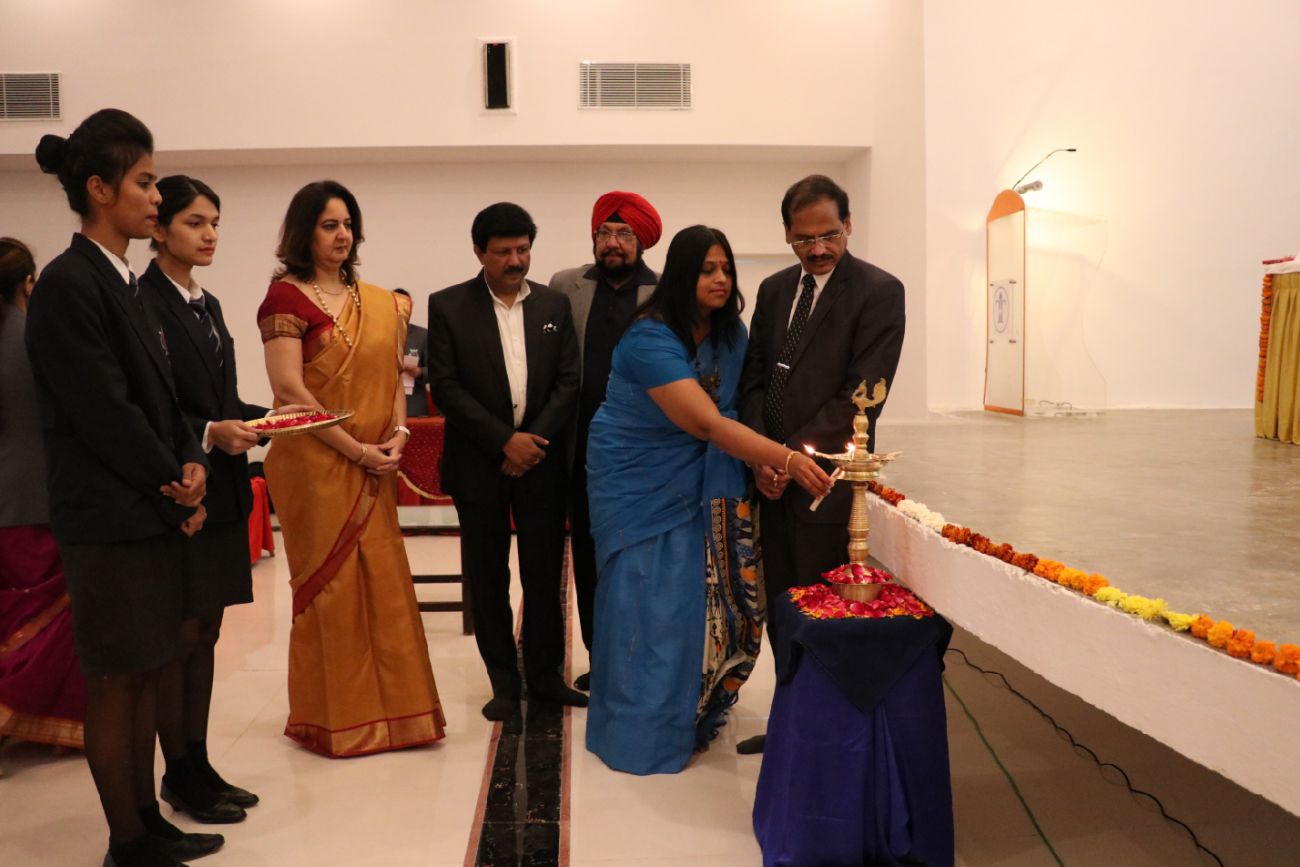
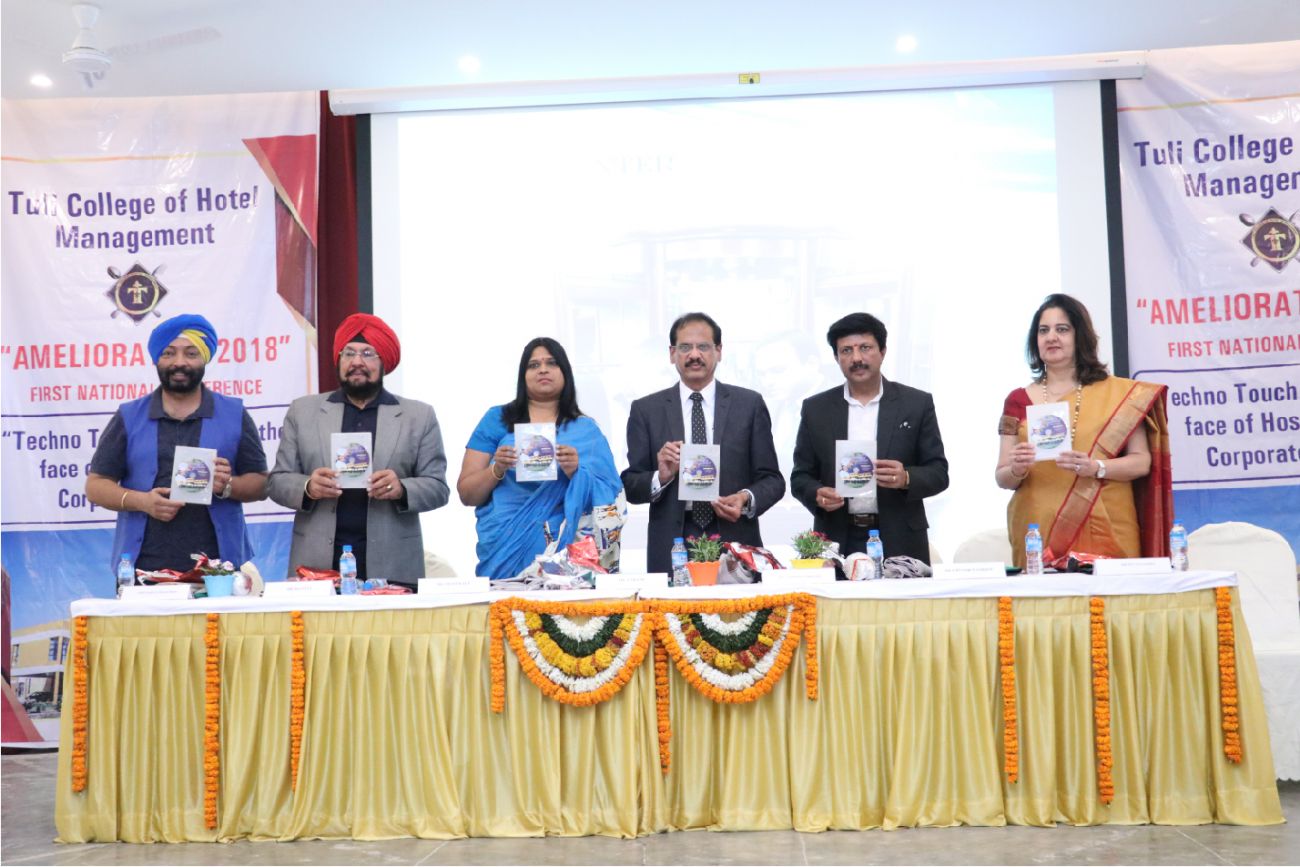
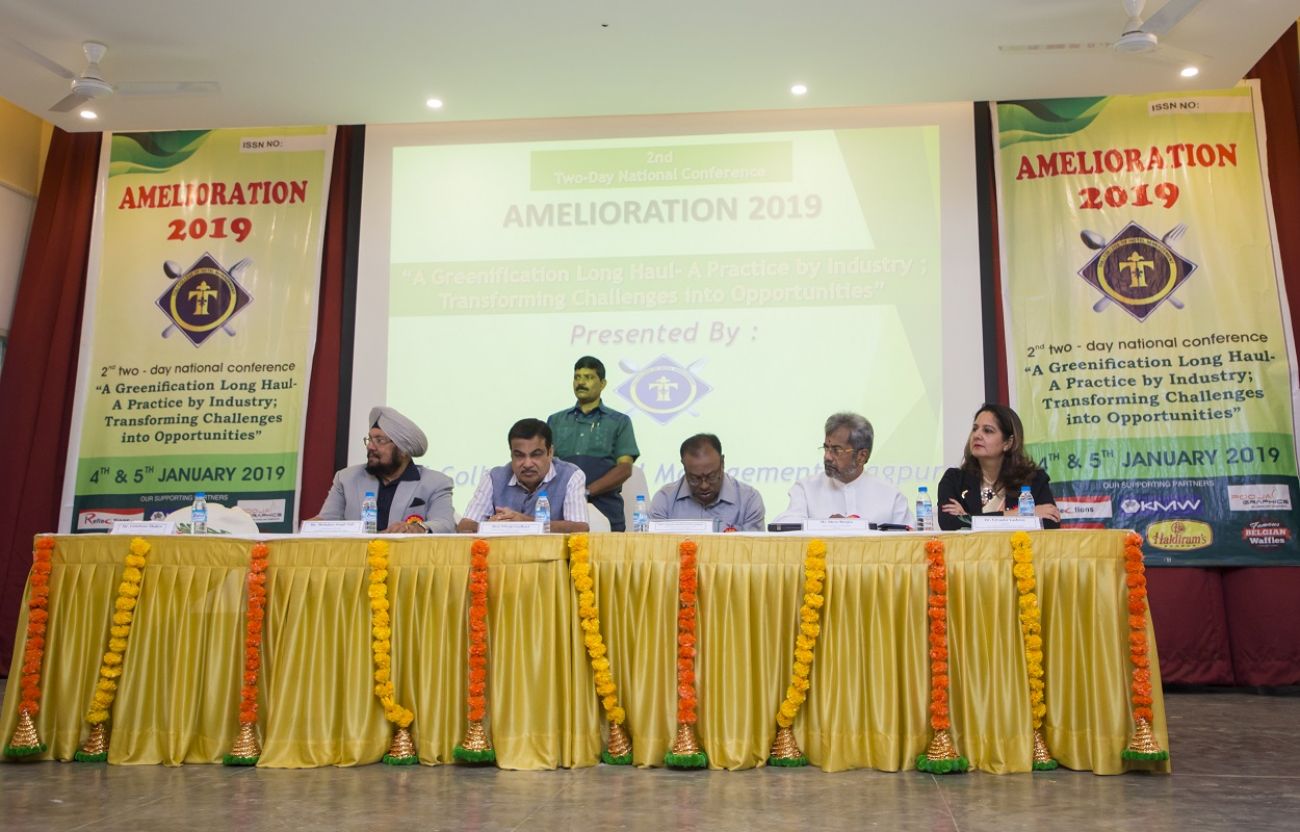
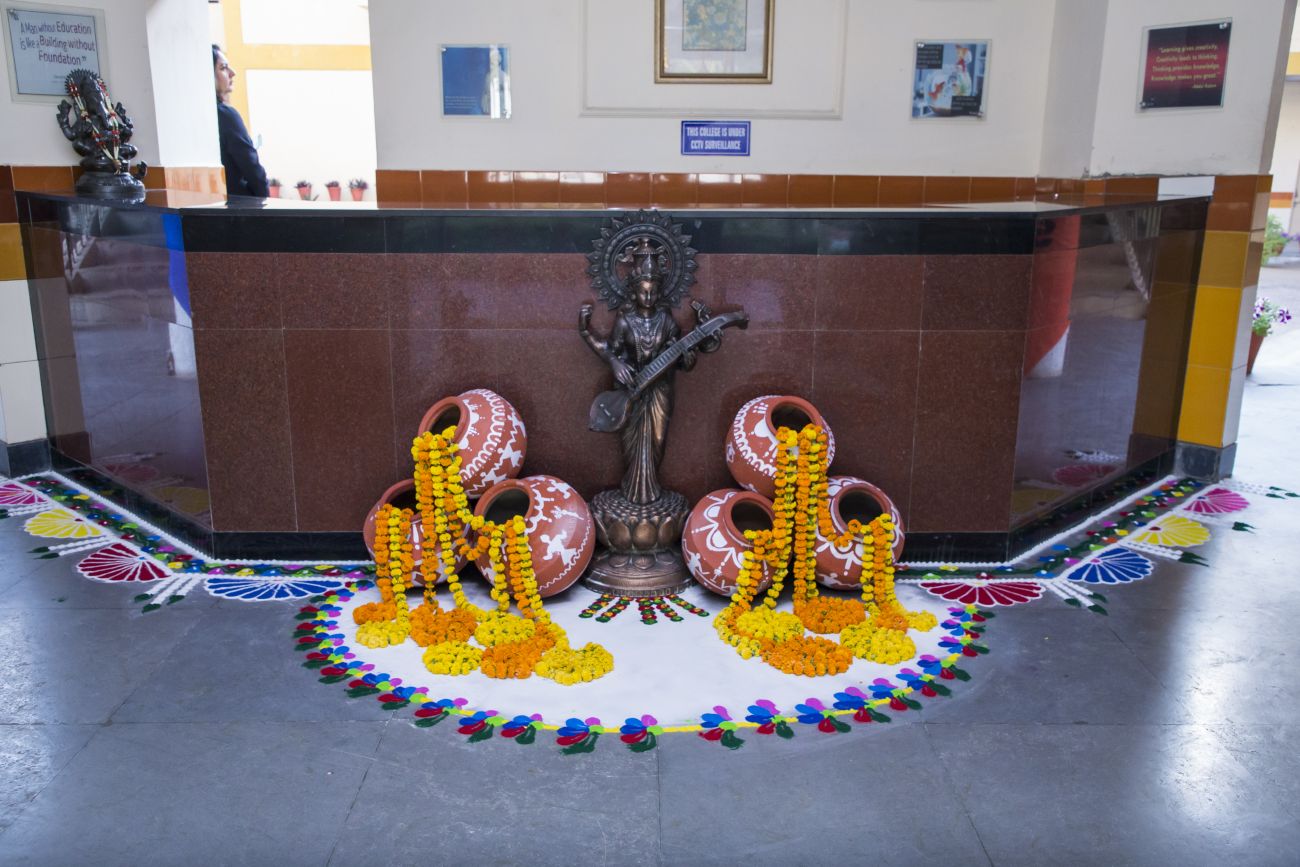
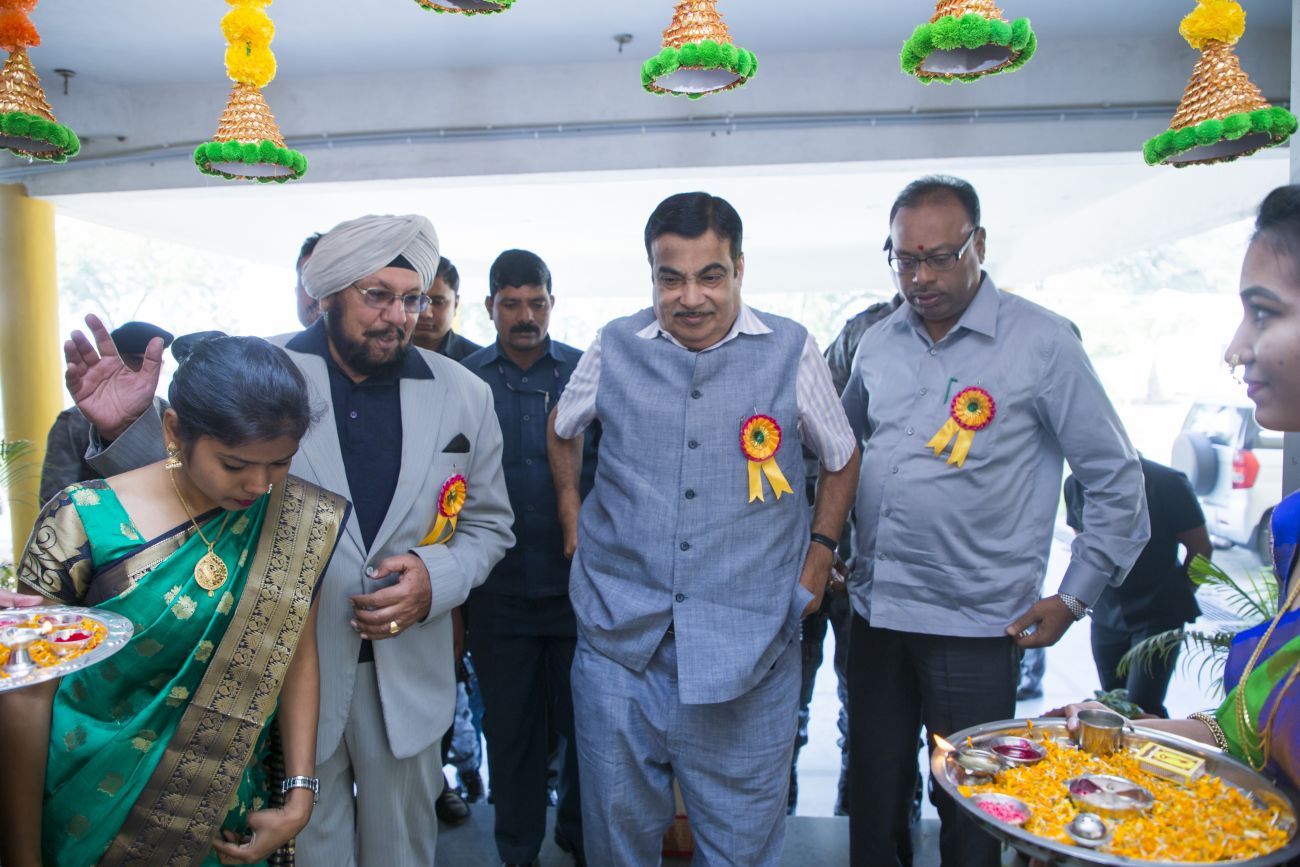
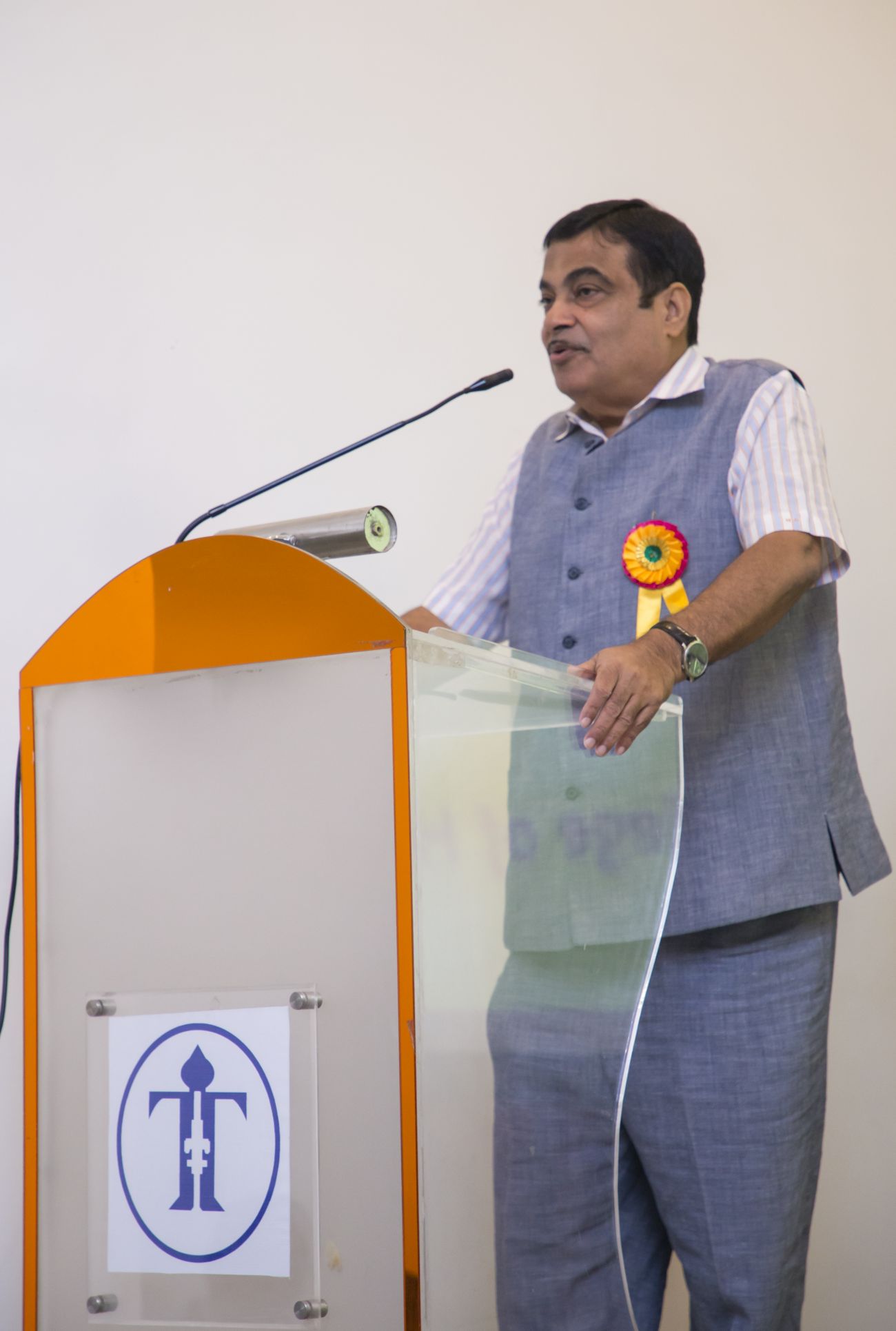
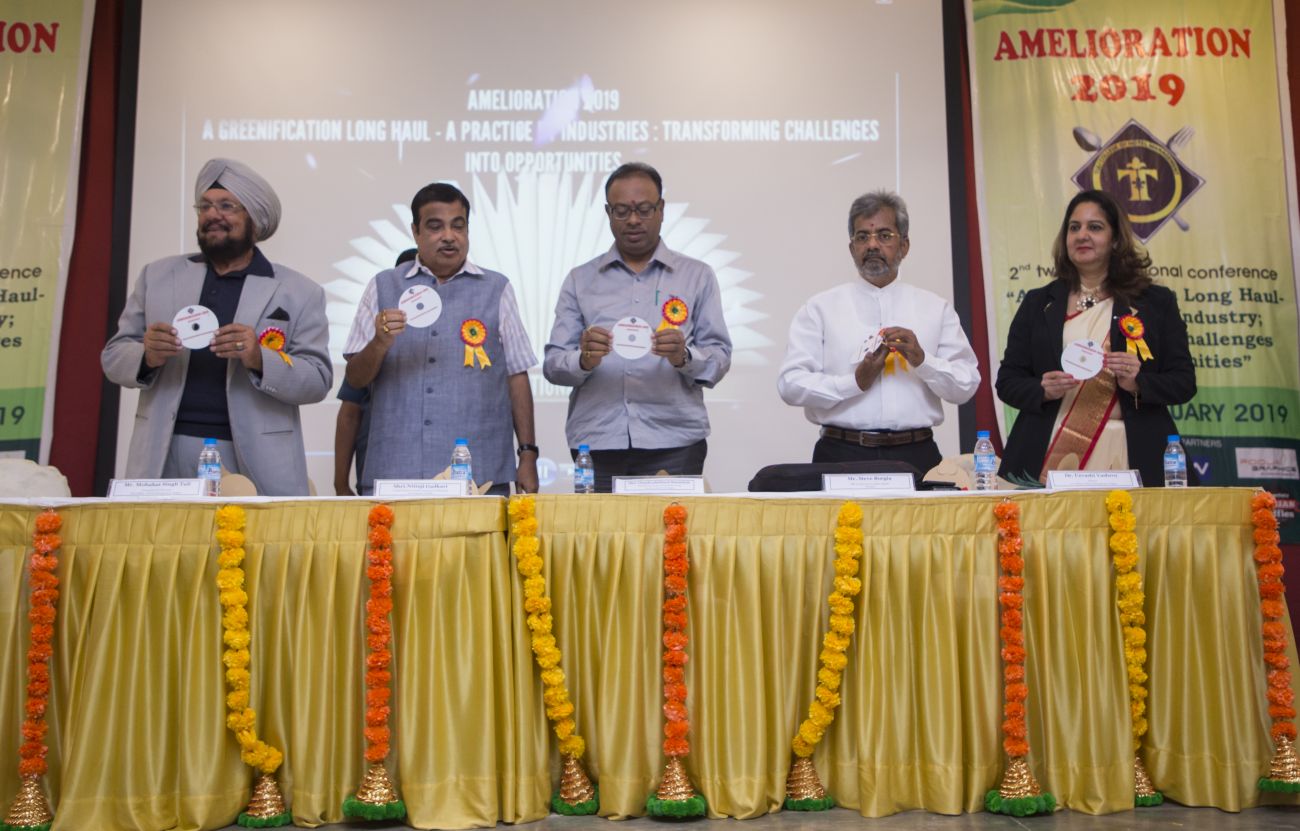
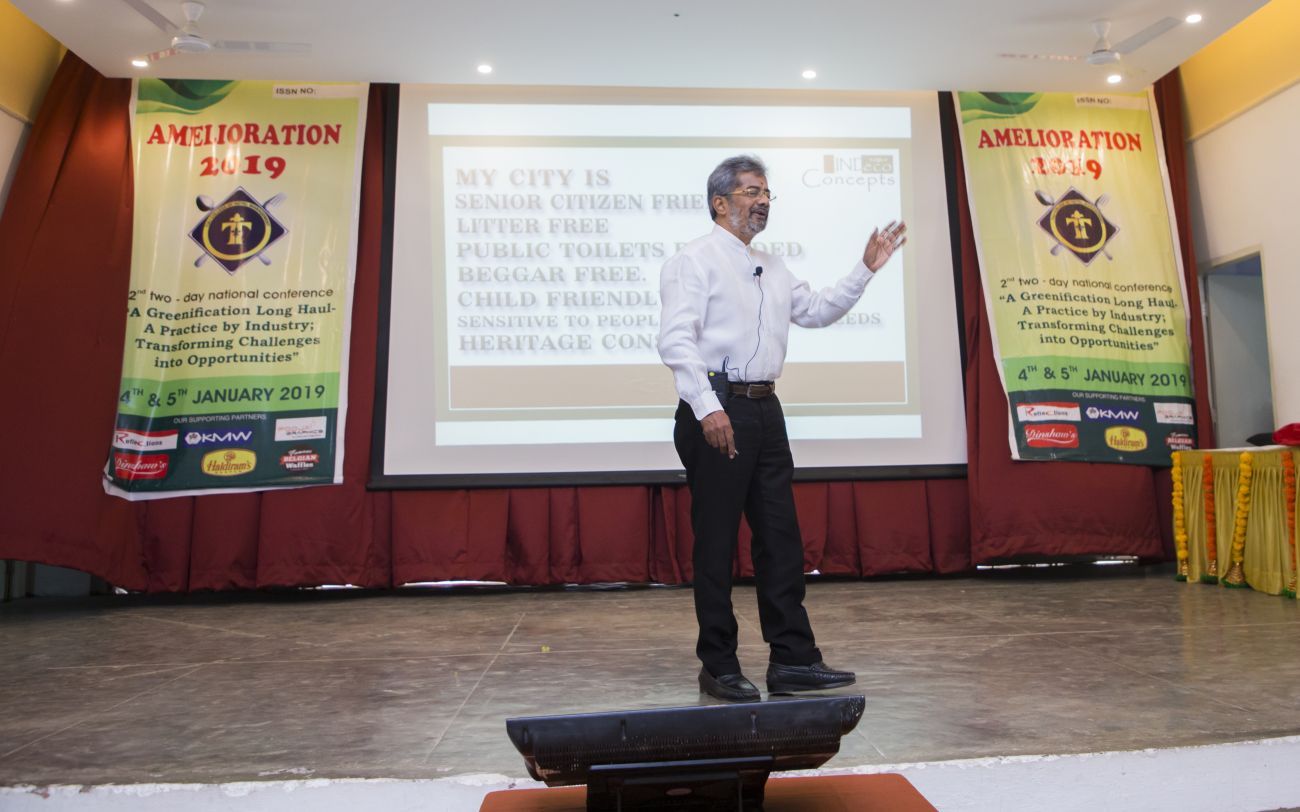
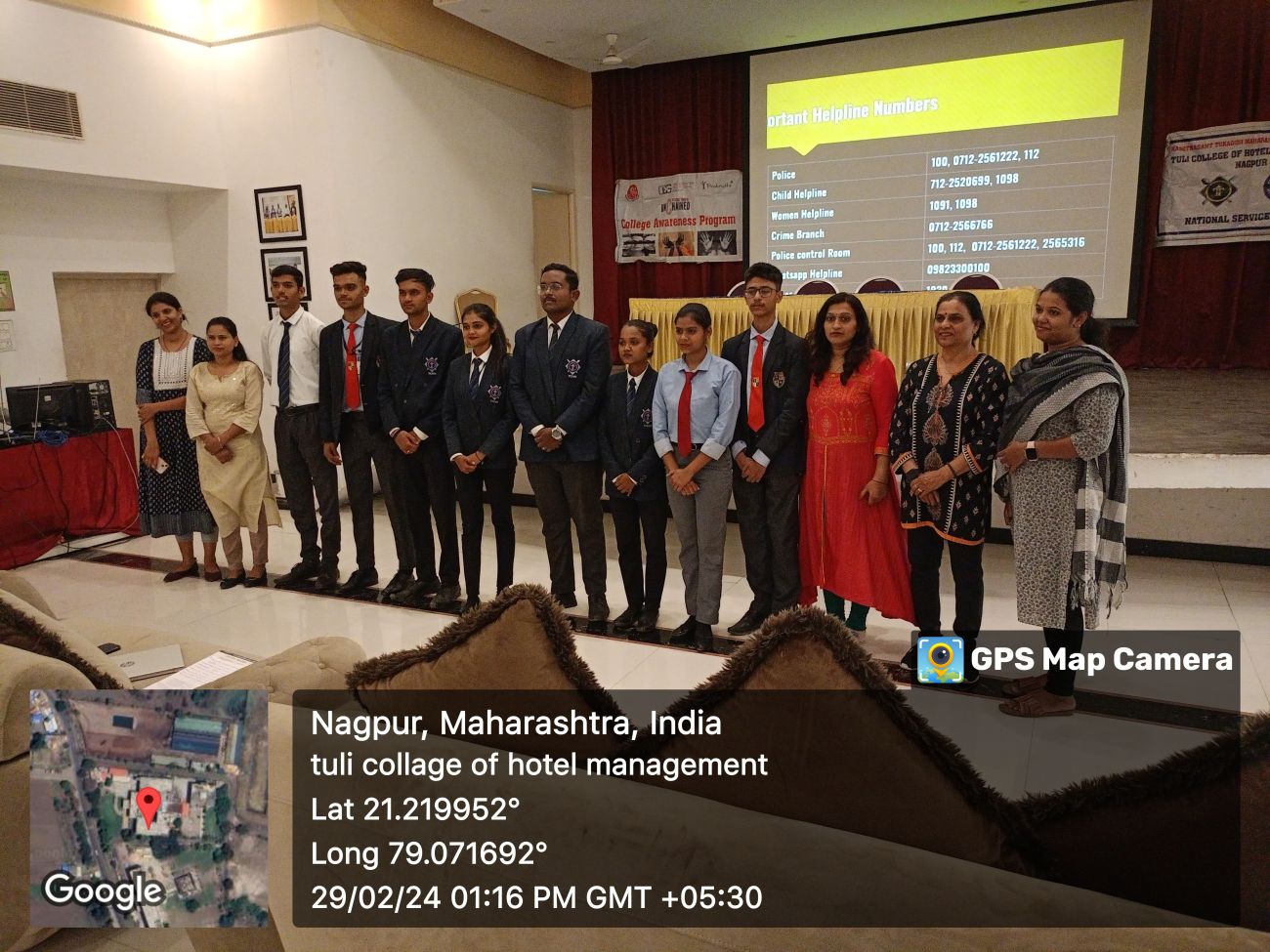

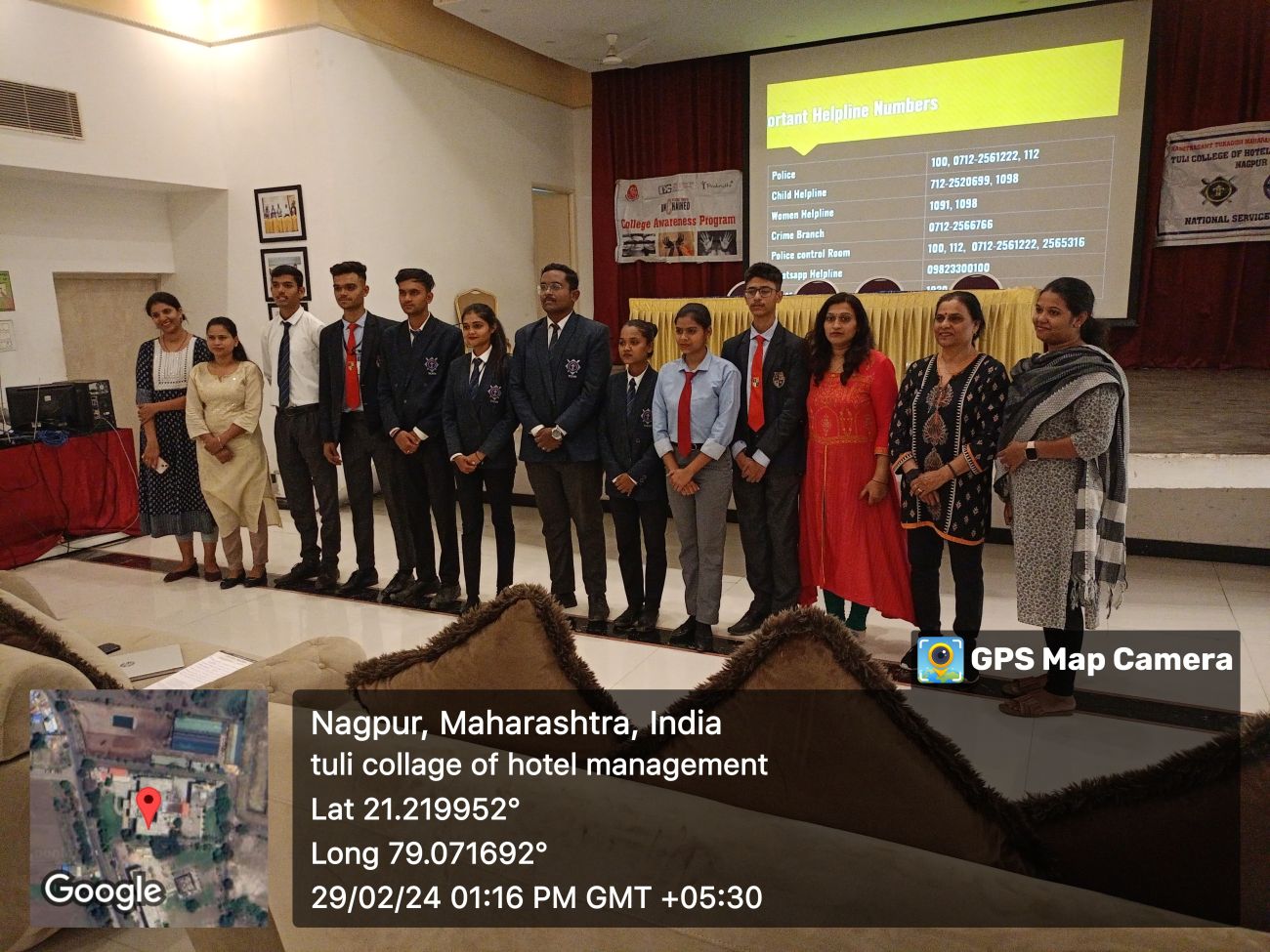
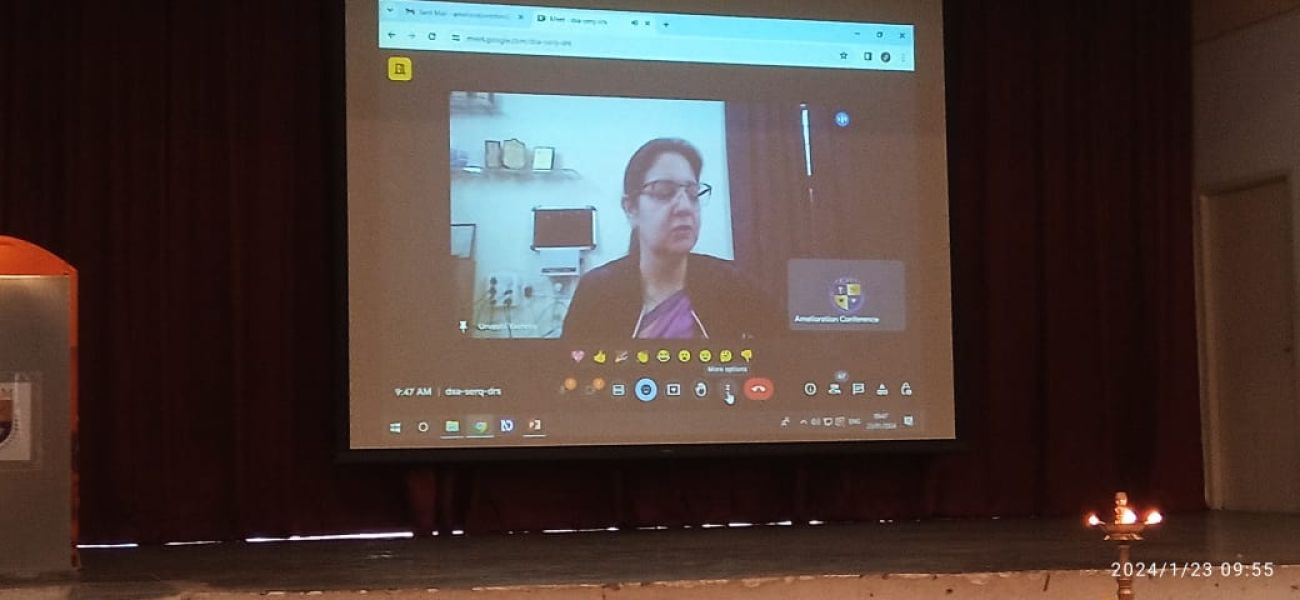
Contents
Introduction
Houseboats in Kashmir
Hospitality in the Indian Economy
Historical Overview
Innovation
Innovations According to Particular Hospitality Categories
Budget Hotels
Luxury Hotels
Authenticity
Eco-Tourism
Agricultural Tourism
Unconventional Accommodations
Unique Sales Points
Diversification.
Food and Beverages
Foreign versus Domestic Tourists
Reading the Tea Leaves
Objective
Review of literature
Methodology Analysis
Conclusion
Recommendations and suggestions Harness innovation for growth
Adapt to a new innovation landscape
Bolster productivity
Develop human capital
Engineer solutions to global challenges
Bibliography
FACT SHEET:
Sustainable Development
Our Common Future Sustainability Issues and Challenges
Sustainability Management Guided by IISI vision
Guided by IISI vision
Policies
Quality Policy.
Sustainability Policy BSP Sustainability Policy
Strategies
Increasing the operational efficiencies
Innovations in the Indian Hospitality Industry innovations in the Indian hospitality sector can be analysed on many different levels. This analysis makes the attempt to give a broad overview on innovations taking place in the industry according to various categories of hotels as well as relevant functions, concluding with a brief outlook on future directions these innovations might take.
India holds a special place in the international world of hospitality. Culturally the country might very well be the most diverse place in the world. It is a vivid kaleidoscope of landscapes, magnificent historical sites and royal cities, misty mountain retreats, colourful people, rich cultures, and festivities. Luxurious and destitute, hot and cold, chaotic and tranquil, ancient and modern - India's extremes rarely fail to leave a lasting impression.
Hospitality is a long running tradition in India. From the majestic Himalayas and the stark deserts of Rajasthan, over beautiful beaches and lush tropical forests, to idyllic villages and bustling cities, India offers unique opportunities for every individual preference. However, until fairly recently this was hardly evident when looking at India's hospitality industry.
By now, accommodation options throughout India have become extremely diverse, from cosy homestays and tribal huts to stunning heritage mansions and maharaja palaces. From Kashmir to Kanyakumari, from Gujarat to Assam, there are different cultures, languages, life styles, and cuisines. This variety is increasingly reflected by the many forms of accommodation available in India, ranging from the simplicity of local guest houses and government bungalows to the opulent luxury of royal palaces and five star deluxe hotel suites.
From beach shags along Goa's soothing beaches to British colonial mansions in the many scenic hill stations, the hospitality industry in India sells "great experiences". As the experiences sought by travellers around the world diversify, the global hospitality industry is adjusting accordingly in order to satisfy these complex demands. India is no exception here - quite the contrary. Coming from a rather old-fashioned understanding of hospitality services, India is rapidly catching up and turning into an innovation leader on several key fronts.
The contribution of the entire travel and tourism sector in India to Gross Domestic Product is estimated to rise from 8.6% (USD 117.9 billion) in 2010 to 9.0% (USD 330.1 billion) by 2020. Between 2010 and 2019 the demand for travel and tourism in India is expected to grow annually by 8.2%, which will place India at the third position in the world. Travel and tourism in India also accounts for 49,086,000 jobs in 2010 (about 10% of total employment) and is expected to rise to 58,141,000 jobs (10.4% of total employment) by 2020.
Within the travel and tourism sector, the Indian hospitality industry is one of the fastest growing and most important segments, revenue-wise as well as employment-wise. According to an estimate of the Economic Survey of India and Technopak, the Indian hotel industry accounts for USD 17 billion, 70% (USD 11.85 billion) of which take their origin from the unorganised sector and the remaining 30% (USD 5.08 billion) from the organised sector.
In 2000, India hosted only 2.6 million international visitors. By 2009, the figure had already increased to 5.13 million arrivals. Compared to other tourism markets in nearby Asian countries, this is still a limited success, but one with the potential to develop into a tremendous success story.
India has a great tradition of accommodating people of other origins and tolerating their different culture, lifestyle, habits, and religion. In Indian culture stories abound of hosts who lovingly cook up the best foods available to them for their guests beyond what they can afford, rather going themselves hungry than not being able to satisfy their guests. This element of Indian culture is based on the philosophy of "Atithi Devo Bhava", meaning "the guest is God" in Sanskrit language. From this stems the Indian generosity towards guests whether at home or elsewhere.
The growth story of the Indian hospitality industry started in the 1980s, when several prestigious hotels were developed to cater to the Asiad Games in New Delhi. Until about ten years ago, however, the hospitality industry in India continued to be characterised by its extremely limited choice of options. There was a very limited availability and lesser quality of hotels in cities beyond the usual suspects: Delhi, Mumbai, Kolkata, Chennai, and Bangalore. Other aspiring hospitality markets have been gradually catching up, such as Ahmedabad, Jaipur, Goa, Hyderabad, and Pune.
Even during the 1990s India was characterised by a dichotomy of luxury hotels on one end and nondescript unclassified hotels on the other. The massive unclassified market was mainly composed of no-frills guest houses and lodges in the budget segment, many catering especially to backpackers, such as in Delhi's Paharganj; nondescript privately-owned standard hotels; and government-owned accommodation such as by the Power Department or the Wildlife Department as well as the various hotels run by the Tourism Departments.
Only during the last decade did the mid-segment gradually develop beyond non-chain properties, with entrants into the field such as Hilton Garden Inns and Taj Group's Ginger Hotels. Other prospective entrants consider the mid-market segment most promising, too. Since 2000, India has also experienced the rapid emergence of unconventional and innovative hospitality service providers, be it far-off eco-lodges in the jungles or NGOs offering accommodation in tribal villages.
After many years of obscurity, the Indian hospitality industry is suddenly now in the limelight of the global hospitality industry. The trade press is full of features on the potential of the Indian hospitality sector and presents ever new stories of successful innovations in the industry.
Much hope for the Indian economy lies in harnessing innovations in the hospitality industry. Not only has the Indian hospitality industry an enormous growth potential, the industry itself reinforces the diffusion of innovations by attracting foreigners, facilitating the movement of people, and so on.
The hospitality business requires entrepreneurs to continuously come up with new services, new ways to present existing services, new ways of enhancing the experiences of their increasingly demanding clientele, and new processes to economise operations. Without innovation, hospitality service providers face the threat of becoming ‘obsolete’- ultimately driving them out of business or forcing them to hand the business over to more efficient and innovative entrepreneurs.
Major players in the hospitality industry can be categorised into leading domestic hotel chains, international brands, emerging Indian brands, market entrants from outside of the industry, and the remainder of nondescript, largely standalone properties. The Taj Mahal Palace & Tower, Mumbai
The leading Indian hotel chains, such as The Taj Group of Hotels, Oberoi Hotels & Resorts, and ITC Welcomgroup, and the government-run ITDC dominated the Indian hotel market for decades, when only a handful of international brands had a token presence in India.
Of the major international hotel chains Sheraton, Hilton, Hyatt, Radisson, Marriott, and Le Meridien are already firmly established in the Indian markets and steadily expanding. With China and India as leading engines of growth in the global hospitality industry, few of the globally operating companies want to be left out. Considering the immense scope of opportunity in India, more and more international brands follow their footsteps. By now, about 50 international hotel chains have entered the Indian marketplace. With more international players and their sophisticated services, competition in the market is growing increasingly fierce thus leading to a higher degree of professionalism in the industry, and with the spread of established hospitality brands, guests are increasing their demands and expectations on the whole industry, thus creating an environment conducive to innovation.
In recent years also local hospitality brands have been mushrooming in India. Starting with a single lounge or hotel, some ventures expand to become India-wide or even international hospitality brands. Examples are the Neemrana group of hotels and Delhi-based Shalom. The latter is a Mediterranean inspired hospitality provider that started out as a standalone lounge in Delhi and quickly developed into a professionally managed company that offers lounges, restaurants, bars, annually released music CDs, music concerts, and a chic hotel in Goa called Soul Vacation. Shalom has become a famous success story in the Indian hospitality industry, not least due to its innovative ways in which it is positioning and expanding its brand.
Increasingly, hospitality services are also offered in India's rural areas. Private persons convert their country homes, villagers offer home stays, and agriculturalists as well as pastoralists open their farms to visitors. Notably, it is not only foreign tourists who demand these services. More and more Indian families as well as corporate clients are tempted to the countryside with the advent of quality amenities and improved facilities.
Many new and innovative leisure destinations are developed in the remote corners of India. Beaches, mountains, agricultural estates, wildlife sanctuaries, religious pilgrimage places, among others, have played a key role in putting rural India on the hospitality map. This trend has the potential to change the face of rural India enduringly.
Other accommodation options emerge in special locations. One popular trend is the houseboat hotel, which is also referred to as a boatel. The houseboats of Kashmir and Kerala offer luxurious accommodation to travellers for affordable prices. Their unique location in nature combined with the rustic architecture of the boats is especially appealing to tourists from abroad as well as within.
Rotels, such as the famous Indian luxury trains "Palace on Wheels" and "Deccan Odyssey", are continuously expanding the hotels on wheels concept. A growing number of other trains in India provide a luxurious hotel atmosphere to discerning tourists.
The Bed and Breakfast concept has arrived in India. The government is now classifying home owners providing hospitality facilities as "Incredible India Bed and Breakfast Establishments". Remarkably, also big hospitality service providers are attracted to this nascent market. Mahindra Group's Mahindra Homestays already have hundreds of rooms on a Bed and Breakfast basis in Indian homes countrywide that can be booked online. Average room rates hover around INR 2,500 for facilities at par with three star category hotels.
Also leading hotel groups offer quality accommodation for economical prices, such as Ginger Hotels, Lemon Tree, Sarovar Hotels, Fortune Hotels, Ibis, and Choice Hotels. High demand but a still rather limited supply in this mid-market segment proves attractive to potential investors and many of the upcoming hotel development projects currently taking place, position themselves in this segment.
The Indian Hotels Company Limited (IHCL), a unit of Tata Group known mainly for its Taj luxury hotels, such as the famed Taj Mahal Hotel in Mumbai's Colaba district, is India’s largest hotel chain with more than 70 hotels in India and abroad as well as more than 100 years of presence in India’s hospitality sector. One innovative experiment by IHCL is Ginger Hotels, a revolutionary concept in hospitality for the value segment focusing on key facilities that meet the key needs of the economically-minded traveller.
Ginger outsources a wide range of services from cleaning and laundry to computer support and cafeteria service. To free up space in the very compact rooms, TVs are mounted on the wall. To save on cleaning staff, the furniture, flooring, and bathroom fixtures are made of easy-to-clean materials. To cut the need for security, guests stash valuables in lockers. To deal with the increasingly expensive real estate rates in India, the company has come up with an innovative strategy of offering landowners a share of the hotels' profits. With their concept they are able to offer rooms between INR 1,000 and 1,500, while making handsome profits selling highly sought after quality rooms at reasonable rates.
Most bookings are made online and the brand spreads mostly through media reports and word of mouth due to the very reasonable rates, which allows the Taj Group to save on advertising expenses as well. The concept proves so successful that the company is planning to open hundreds of Ginger Hotels in India and around the world. Taj's brand sharpening exercise is bearing fruits. Credit Suisse recognised IHCL as one of the 27 ‘Great Brands of Tomorrow'.
India also has entered the field of Super Luxury Hotels; some are located in the big cities, while others are located close to nature. Mumbai's Sahara Star hotel, for instance, is one of famous the Super Luxury city hotels in India. It features the 3-floor Sahara Suite, which might well be India's most expensive suite at INR 400,000 per night (about USD 8,600). The price is justified by a private elevator, a personalised spa station with floatation tank, a glass-roofed lounged with artificial rainfall, etc. In the same line, Super Luxury resorts such as the Aman Bagh in Alwar have entered they fray, where the cheapest rooms are priced at about USD 600 per night.
Udaipur City Palace by tvangoethem
http://www.flickr.com/photos/tvangoethem/418737260/
Often by necessity as much as opportunity in a time of declining importance Indian royalty open their family palaces to guests. Authenticity, a concept that already is in danger of becoming a cliché in the hospitality world, is quite an understatement for what is on offer. Guests in India easily know the difference between brand-new hotels built to look like 200-year-old palaces and authentic 200-year-old palaces turned into hotels with modern amenities and history that speaks to guests from every corner. Often the royal family will be present at dinner and be accessible to explain their heritage to hotel guests.
More and more rustic colonial properties, beautiful havelis (stately mansions), and imposing palaces are renovated to become heritage hotels. Properties that are also converted are ruined castles, planters' clubs, and hunting lodges, among others. All, however, have one feature in common: a minimum of 50% of the floor area was built before 1950 and no substantial changes to the façade have been made.
Based on the believe that it depends heavily on the type of accommodation how guests will experience local culture, a rising amount of hospitality service providers focus on cultural content, for example, accommodations that mirror the authentic architecture, flair, and lifestyle of the respective destinations.
New hospitality ventures such as New Delhi-based Travel Must go a step further and take tourists to fascinating places that are not always easy to navigate on their own, trying to strike a balance between cultural immersion, vivid history, sheer natural beauty, and enjoyment. They offer exposure to local culture by giving deep insights into the local culture such as local trades, customs, art, architecture, religion, food, and music. These kind of authentic cultural experiences are tailored according to the demands and needs of the clients, and can be as diverse as a tribal village stay in the jungle-clad mountains of Alwar or an urban homestay run by a university professor and her scientist husband. Welcome Rangoli by mckaysavage
http://www.flickr.com/photos/mckaysavage/2225262197/
Travel must as trusted intermediary between local communities and the interested public ensures that a meaningful exchange results between guests and hosts. Guests are welcomed into private homes, attend fascinating ceremonies, and gain invaluable insights into ancient, complex cultures often unknown and inaccessible to outsiders. Intricate local networks coupled with deep cultural expertise guarantee that guests learn about and participate in the rich traditions that make India such a vibrant destination.
Eco-Tourism can be defined as responsible travel to natural areas that conserves the environment and improves the well-being of native cultures, thereby contributing to the preservation of the diversity of our world's natural and cultural environments. According to the World Tourism Organization, Eco-Tourism is the fastest growing market in the entire tourism industry. From the 1990s, the global Eco-Tourism sector has experienced an annual growth rate of between 20% and 34%, thereby growing three times as fast as the tourism industry as a whole. Until 2014, the Eco-Tourism industry is expected to grow up to a quarter of the world's total travel market.
India had initially been a laggard regarding ecological hospitality models rather following the old trodden path of mass tourism. However, the ugly face of mass tourism in India was soon visible and ecology emerged as a popular concept in the hospitality industry, striking a balance between business interests and sustainability. Given the massive potential Indian hoteliers have jumped on the bandwagon and are gradually harnessing the potential of some of the most outstanding ecosystems in the world, such as in the Himalayas and the Western Ghats. Kerala Houseboat by Christian Haugen
http://www.flickr.com/photos/christianhaugen/3286687515/
An excellent example here is Kerala, a state on the tropical Malabar Coast of south-western India that is nicknamed as "God's own country". It is famous especially for its houseboats travelling the extensive backwaters, Ayurveda retreats, jungle lodges in the Western Ghats, pristine beach resorts, eco-lodges, and other Eco-Tourism initiatives. Its unique culture and traditions, coupled with its varied geography, has made it one of the success stories in India.
An increasing number of tour operators in India make it a point to minimise the negative environmental impacts caused by their customers and make positive contributions to the conservation of biodiversity. So when their customers chance upon a Red Panda in the Himalayas or witness the hatching of sea turtles on the Bay of Bengal, they have improved the chances of preserving their habitat by providing a realistic economic alternative to exploiting local natural resources.
Agricultural tourism is widely acknowledged as an instrument for economic development and employment generation particularly in the remote and backward areas. It creates opportunities to generate additional revenue, makes for economic diversity, and improves the understanding of farmers in society. The Indian government collaborates with the United Nations Development Program (UNDP) to promote rural tourism and also sanctioned more than 100 rural tourism infrastructure projects to spread tourism and socio economic benefits to identified rural sites.
Guests in India can stay on farms ranging from stud farms over dairy farms up to full-fledged agricultural farms. They are perfect for urbanites looking to unwind and get back to nature, but with a bit of comfort and the chance to freely choose the activities in what the guests want to engage in, whether they want to milk the cows, wash the buffalos, learn to grind wheat, pick vegetables, or go fishing. Besides, guests experience the natural, cultural, and heritage aspects of the region, such as the local geography, cuisine, and handicrafts.
Today's travellers are enthusiastic about travelling in different ways to widen their experiences. This is also reflected in their choice of unconventional accommodation options. In India religious centres, ashrams, and monasteries are among the popular alternatives to classic choices of accommodation. Given the cleanliness and hygiene of these accommodations, besides their unique cultural content, this segment offers huge potential. Organisations such as the Krishnamurti Foundation, Bharat Sevashram Sangha, Ramakrishna Mission, ISKCON, and Aurobindo Ashram are among the religious institutions that offer accommodation options across India.
Many higher end hotels in India are realising that their key USP in international competition is not their high-tech facilities, but rather their outstanding staff-to-guest ratios and the longstanding tradition of Indian hospitality as immortalised by "Atithi Devo Bhava". Hospitality is about serving the guests and to provide them with a "feel-good-effect". Personalised comprehensive service, such as suites having their own personal butler, gives guests that extra feel of being valued by their hosts.
Journeys to India can be complex and challenging. If any tourist destination asks for support in logistics, knowledge of culture, local connections, and insightful guides, it must be India. At the same time, the extra amount of support and attention needed is highly affordable in India. Drivers fluently speaking English, high-profile facilitators accompanying guests in tribal villages, staying in the home of a professor and his family or dining with the Maharajas in their family palace, in India the extraordinary becomes the rule rather than the exception.
Innovative concepts of diversification hold the key to survival in the hospitality industry in the long run. Fierce competition has led to innovative ideas by hotel majors, thereby delivering impressive hospitality products and services. Exotic spas, gorgeous golf courses, multi-cuisine fine dining, spacious conference and convention facilities are all among the growing list of facilities found in leading hotels.
Hotels are adapting to innovative operating models by bringing in external brands of restaurants, spas, and lounges on lease or management contracts to capitalise on proven concepts that generate substantial revenue by attracting hotel guests and local residents. Cafes and bars which have high profit margins are increasing their presence in hotels and are quickly developing into core profit centres. A prominent example is Café Coffee Day found at Ginger Hotels.
Taking the example of India's most famous spa, Ananda Spa, one can feel the extent of diversification in the industry. Renovating the erstwhile palace of a local Maharaja in the Himalayas, Ananda Spa has created a spa resort that heavily draws on India's spirituality. Inviting "resident masters", such as those who teach Yoga and heal using Ayurveda, and combining and packaging spiritual wares with pure luxury, offers a promising revenue model.
With the deeper integration of India in global economic exchange and the freer flow of goods across borders, the Indian hospitality industry now has access to better products, such as imported foods and beverages. Until recently, five star hotel restaurants were considered the epitome of fine dining experiences in India and even now many of the best restaurants and bars are still located in India's five star hotels. The concept of high-end standalone restaurants remained a rare exception.
By now, however, any new trend that emerges in any part of the world rapidly spreads to India, such as the latest fads of ice bars and ethnic lounges. With well travelled upwardly mobile consumers, new and trendy food concepts find an increasing following in India. The resulting manifold opportunities entice famed international chefs to move to India. At the same time, foreign tourists increasingly dare to sample the diversity of local food. Even many domestic guests seek for opportunities to dine on quality local delicacies, drink traditional beverages, and learn something of the culinary traditions of the locale.
Earlier foreign tourist arrivals to India were highly lopsided, with a few countries such as the US and the UK accounting for the bulk of arrivals in India. In recent years, foreign tourist arrival figures have been diversifying. More and more people from Afghanistan, Bangladesh, Sri Lanka, and Nepal visit India now, as are people from Southeast Asian countries, South America, and Africa.
Domestic tourism in India has been a widely neglected topic. Even today, the statistics on foreign travellers garner all the attention. However, of the total of 500 million trips taken in India per year, only about five million are from international visitors. Domestic travellers form the major component of revenue generation in the Indian travel industry.Tourism has taken Indians by storm. Indians travelling within the country have nearly doubled in the past decade. Besides business trips, the traditional pilgrimage tourism, and visiting relatives, the emerging Indian middle class with their rapidly rising disposable income are following suit and are discovering their myriad India. While family trips are still fairly dominant, the number of Free Individual Travellers (FIT) is increasing rapidly.The improved availability of quality hotels in the budget and mid market segment is also providing more cost-effective travel options, as Indians are very price sensitive. With more Indians travelling internationally, there also is greater awareness of international brands and service standards. Consequently, Indian guests will become more discerning in coming years and will take a good room and a meal for granted, and will increasingly demand special travel experiences.
India is today in the defining stages of the business of hospitality. Decisions taken today will massively impact the growth trajectory the industry will take. Reckoning the future of the Indian hospitality industry is a very difficult task, especially so due to the ever more rapidly changing market environment. According to World Travel and Tourism Council, India will be a tourism hotspot from 2009 to 2018, having the highest 10-year growth potential.
Attempting to read the tea leaves, the Indian hospitality industry will experience a gradual consolidation process, especially in the unorganised sector. At the same time, more and more players are attracted to enter the field as profit margins and growth projections seem very promising. This increase in supply has the potential to benefit the hospitality industry as a whole, since new markets can be developed and more segments can be catered to than previously. More competition in the field also leads to better rates for clients and puts pressure on hospitality service providers to improve upon their quality and diversify their service offering.
The guests of the future will become increasingly unpredictable. Social status and wealth will no longer be good predictors of the needs and objectives of the guests. That is why flexibility is becoming the key advantage in a highly volatile hospitality industry. Also technology will play an increasingly important role in the hospitality equation. Web-savvy India is in a good position to engage its international competition on search engine optimisation, web advertising, and e-marketing
Many innovative concepts developed in the Indian market can also be easily adapted by other nations such as Nepal, Pakistan, China, and Brazil. One interesting innovation export might very well turn out to be the quality budget hotels that are mushrooming in India.
While the possibilities for positive change seem endless, it will take an earnest effort, both from the industry's key stakeholders in the private sector as well as the relevant government authorities to truly harness the innovation potential of the Indian hospitality industry.
The OECD is devising a new set of Indicators in tune with increasingly decentralized market structures.Harnessing Innovation for Global Development “We’re expanding scientific collaboration with other countries and investing in game-changing science and technology to help spark historic leaps in development.”
– President Obama, September 2010
“A core part of my global development strategy is harnessing the creativity and innovation of all sectors of our society to make progress that none of us can achieve alone,” said President Obama
Economic resilience comes through diversification. Make sure young companies with newideas and technologies have access to capital, especially during a downturn
.Not all innovations require huge R&D spending. Non-tech innovations can seed new market leaders and deliver big gains in competitiveness.
Unleash market demand for new products and solutions as a catalyst for business creation.
Policy makers face a huge challenge adjusting framework conditions and governance to open collaborative markets for science and technology. Open innovation enables new business models but requires a steady flow of international talent circulating through science centers. Governments should help researchers engage in different parts of the world. Focus not on brain drain, but brain circulation. Universities can be a hotspot for luring global talent.
The Internet has unleashed waves of pervasive change in markets, altering the role of consumers, companies and governments in bringing new ideas to market.
A policy toolkit will help governments spotlight where and how innovation drives productivity growth in this new paradigm.
What skills are needed to operate in an open system of innovation where knowledge is drawn from global sources, and where cross-border collaboration is of growing importance Strategy targets policies to update education and training, including the vital “soft skills” and learning flexibility needed to develop entrepreneurs who bring new products and creative ideas to market. Governments should coordinate policies on innovation, education and entrepreneurship. Investments in human capital can leverage the impact of R&D outlays on growth and competitiveness.
Innovation has the power to touch the lives of every citizen. It can be wielded internationally to solve major social challenges such as climate change. By enhancing the potential of society to innovate, especially in renewable energy and environmental sciences, governments can catalyze growth while delivering major social benefits. Target eco-innovation and make global collaboration in science and technology a top priority.
innovation.strategy@oecd.org
Innovation is a proven driver of growth. New technologies, products and services innovate.
The Innovation Strategy
A major policy initiative underway at the OECD, the Innovation Strategy, offers a cross-government approach to drive sustainable growth and improved social welfare. It links recommendations across education, entrepreneurism, research, immigration, tax and trade needed to help countries capture the economic benefits of innovation in a new era. The final report, due in 2010, will offer rigorous data and evidence-based analysis for updating policies across the whole of government.
President Obama’s Global Development Policy, released in Fall 2010, calls for investments in game-changing innovation to accelerate progress toward development goals in health, food security, climate change, energy and environmental sustainability, and broad-based economic growth. Focusing on innovation utilizes the U.S. comparative advantages in research and innovation, making our efforts more effective and efficient.
Today, government and private sector leaders gathered at the White House to highlight progress in answering President Obama’s call to use science, technology and innovation to promote global development. At this event, several new public and private sector efforts were announced that will:
• Harness the energy, idealism, and expertise of university students and faculty to generate, implement, and evaluate new solutions to critical development challenges;
• Make the greatest use of scientific breakthroughs by expediting commercialization of inventions for humanitarian purposes and rewarding companies that use their patented technologies to solve societal challenges; and
• Leverage advances in Internet and communication technologies to accelerate research and scale innovations – such as financial services for the unbanked– faster, further, and more efficiently.
“The new collaborations we’re launching today will help save lives from hunger and disease, lift people from poverty and reaffirm America’s enduring commitment to the dignity and potential of every human being.”
From the Green Revolution to the historic scientific achievements that have marked the “Beginning of the End of AIDS,” the United States has played a leading role in driving innovation for dramatic and lasting impact on the lives of millions in the developing world. Today’s event called for an “all-hands-on-deck” approach, asking public and private sector partners alike to bring their expertise to address today’s global challenges. New public and private sector efforts include:
Engaging University Students and Faculty
• A new U.S. Agency for International Development (USAID) partnership with universities to define and solve large development challenges: The program will focus the next generation of problem solvers on development’s most vexing challenges, and harness the energy and idealism that exists in universities across America and the developing world. These novel partnerships with universities will strengthen the understanding of potential problems and the range of solutions, support multidisciplinary approaches to development and encourage innovation to improve the efficacy of our development interventions and to reduce costs to U.S. taxpayers. USAID will fund awards for single university centers and consortia centers and will request that applying universities provide matching funding to leverage USAID’s investment.
• University of California at Berkeley facilitates technology commercialization for global good: The University of California at Berkeley will adopt the National Institutes of Health model term sheet for non-profits for licensing technologies that can diagnose, prevent or treat neglected tropical diseases, malaria, tuberculosis and AIDS. Pre-negotiated license terms reduce transaction costs and promote collaboration among universities, industry and the global nonprofit sector. Partnerships and contracts under Berkeley’s Socially Responsible Licensing program currently target therapeutic, diagnostic, vaccine, sanitation, and agricultural biotechnology solutions for use in developing countries.
• Technology and innovation for sustainable development: Just last week, a “Rio 2.0 Conference” was hosted by the State Department and Stanford University. At the conference, a variety of Silicon Valley tech firms and students joined officials from across the world to participate in an innovation “unconference” to lay the foundations for broader cooperation on sustainable development in anticipation of Rio+20 in June 2012. This conference demonstrated the value of modernizing global participation and the potential of new networks, technologies and coalitions to develop solutions to sustainable development challenges.
Making the Greatest Use of Scientific Breakthroughs
• U.S. Patent and Trademark Office Patents for Humanity Program rewards companies that use patented technologies for humanitarian endeavors: Patents for Humanity will be run as a prize competition, awarding applicants who demonstrate how their patented technology advances solutions to pressing challenges we face as a planet. Winning participants will receive vouchers for accelerated processing for select matters in front of the USPTO. The program will seek to recognize laudable humanitarian endeavors from entities of all sizes, enabling small businesses to effectively participate.
• New model licensing agreements from the National Institutes of Health and Department of Energy: The National Institutes of Health will expedite licenses to not-for-profit institutions such as Product Development Partnerships (PDPs) with a demonstrated commitment to diligence in providing broad global access to technologies. This model agreement, with terms generally accepted by non-profits, will reduce transaction costs and encourage the transfer of more government owned technologies to promote global public health goals. Previous technology transfers include a meningitis vaccine saving lives in sub-Saharan Africa, and vaccines for dengue and typhoid fever, currently in clinical development. The Department of Energy (DOE) will offer a license to not-for-profit organizations with a demonstrated commitment to providing global access to clean technologies and services. Licensees will pay a reduced fee and a nominal royalty. These organizations will have access to the unlicensed patents held at DOE Headquarters for clean energy technologies.
• Lawrence Berkeley National Laboratory partners to encourage use of breakthroughs in the developing world: The Lawrence Berkeley National Laboratory is creating the Institute for Globally Transformative Technologies, established to foster the discovery, development and deployment of technologies that will advance sustainable methods of fighting global poverty and related social ills. Working with existing partners such as Oxfam America, WaterHealth International, and Darfur Stoves Project, the Institute will create a pipeline for demand-driven technologies by matching Berkeley Lab’s advanced research capabilities in affordable, low-carbon solutions with the needs of developing countries, particularly those in sub-Saharan Africa and South Asia.• Training lawyers on how to include humanitarian use in technology contracts: Global Access in Action, with pro bono support from the law firm Baker & McKenzie, will develop and implement a program to educate patent holders and their lawyers about humanitarian use licenses for life-saving intellectual property. Additionally, the American Bar Association will orient its members on USPTO’s Patents for Humanity program.
• A new center for market-based adoption of global health technologies: The USAID Center for Accelerating Innovation and Impact has been launched to promote and reinforce innovative, business-minded approaches and market-based solutions to address the key bottlenecks in development, introduction and scale-up and to accelerate impact for some of the world’s most important health challenges. The Center will develop best practices and seek cross-cutting opportunities to improve the health and efficiency of the marketplace; align investments in existing and new innovations and interventions with the USAID’s global health priorities; catalyze innovation and partnerships; and support rapid introduction of and/or access to priority interventions.
Leveraging technology to accelerate research and scale innovations
• Utilizing electronic and mobile payments to save on costs and increase financial access: The U.S. Government has long been a leader in utilizing electronic payments, including by cards and mobile payments when possible. USAID will increase the use of electronic payments in programs administered by USAID Missions and their implementing partners wherever appropriate alternatives to cash exist. Based on evidence from pilot programs, electronic payments have the potential to increase the productivity of development projects by up to 15 percent. Wherever feasible, electronic payments and mobile money will be used to extend the reach of USAID and partner services, in support of greater gender and financial inclusion.• New information sources for a network of mobile internet-connected “Plant Doctors” to make agricultural knowledge more broadly available: The U.S. Department of Agriculture (USDA) is partnering with CABI Plantwise to increase food security by decreasing crop losses in 19 countries. USDA will be a content provider to the Plantwise global knowledge bank which brings together diagnostic, treatment and distribution information crops, pests and diseases. The knowledge bank supports CABI “Plant doctors” who work as local extension agents at more than 180 plant clinics globally and connect with researchers, regulators, and input-providers. This partnership brings the best worldwide data on crops, pests and diseases – both their distribution as well as information on how to control pests and diseases – to local farmers in the developing world.
• A new “app store” for development to spur humanitarian apps and software: USAID has joined forces with today’s leading technology companies to build an “app store” for development-oriented software. The platform will enable public and private technology interventions to be scaled and replicated across multiple countries, programs, and implementers while creating a marketplace of ideas and applications. This partnership will take advantage of the knowledge of “cloud computing experts” from major technology companies such as HP, Cisco, Accenture, and ESRI to increase the productivity and efficiency of USAID’s development assistance.
• A new prize to reduce the cost of micronutrient powders: Scientists Without Borders and PepsiCo are partnering to advance the winning solution from the 2010 Maternal Health and Nutrition Challenge, which generated novel ideas from 300,000 people in 22 countries. This Spring, Scientists Without Borders, the Sackler Institute at the New York Academy of Sciences, DSM, and its humanitarian arm Sight and Life, will issue a prize to reinvent the packaging for widely-distributed micronutrient powders. Current packaging creates significant waste and accounts for 2/3 of the total production cost of this critical nutrition intervention.
• A Digital Development Leadership Program to provide cost-effective telecommunications assistance: Harnessing the human capital and expertise throughout the United States government to assist with telecommunications issues in development, USAID will partner with six agencies to deploy the government’s foremost telecommunications experts. U.S. government legal and technical experts will assist in areas from strengthening responses to natural disasters to developing regulatory capacity for host country governments. Participating U.S. agencies include the Department of State, the Federal Communications Commission, Department of Commerce through the National Telecommunications and Information Administration, and the International Broadcasting Corporation.
• New web tools to facilitate research on food crops and neglected diseases: The U.S. Department of Agriculture, in collaboration with Bioversity International and the Global Crop Diversity Trust, recently launched GRIN-Global, a plant genebank information management system that enables researchers to more efficiently source crop breeding material with specific traits. The National Institutes of Health is developing Global Health Connect, a free online database of disease data and information, with BIO Ventures for Global Health, TropIKA supported by World Health Organization Tropical Disease Research, and Thomson Reuters IP and Science Group--Discovery Logic, Inc. By bringing disparate databases and research together and suggesting new insights for old problems, this resource will accelerate the development of lifesaving treatments and combat the neglected tropical diseases that afflict the world's poorest people.
• Education technology partnerships to increase literacy: USAID is organizing a new international alliance to explore and catalyze the use of mobile devices to accelerate quality educational outcomes. The partners in this mEducation Alliance include the U.S. Department of State, U.S. Department of Education, Peace Corps, World Bank, IDB, UNICEF, UNESCO, British Council, World Vision, the International Society for Technology in Education, Web Foundation, Lucent-Alcatel, Mastercard Foundation, and GSMA. A lead working group of this initiative is Mobiles for Reading, which is also part of the recently launched All Children Reading Grand Challenge for Development competition to spur game-changing innovations for early grade reading.
Sustainable development is development which meets the need of present without compromising the ability of future generations to meet their own needs.
Sustainability Policy BSP Sustainability Policy